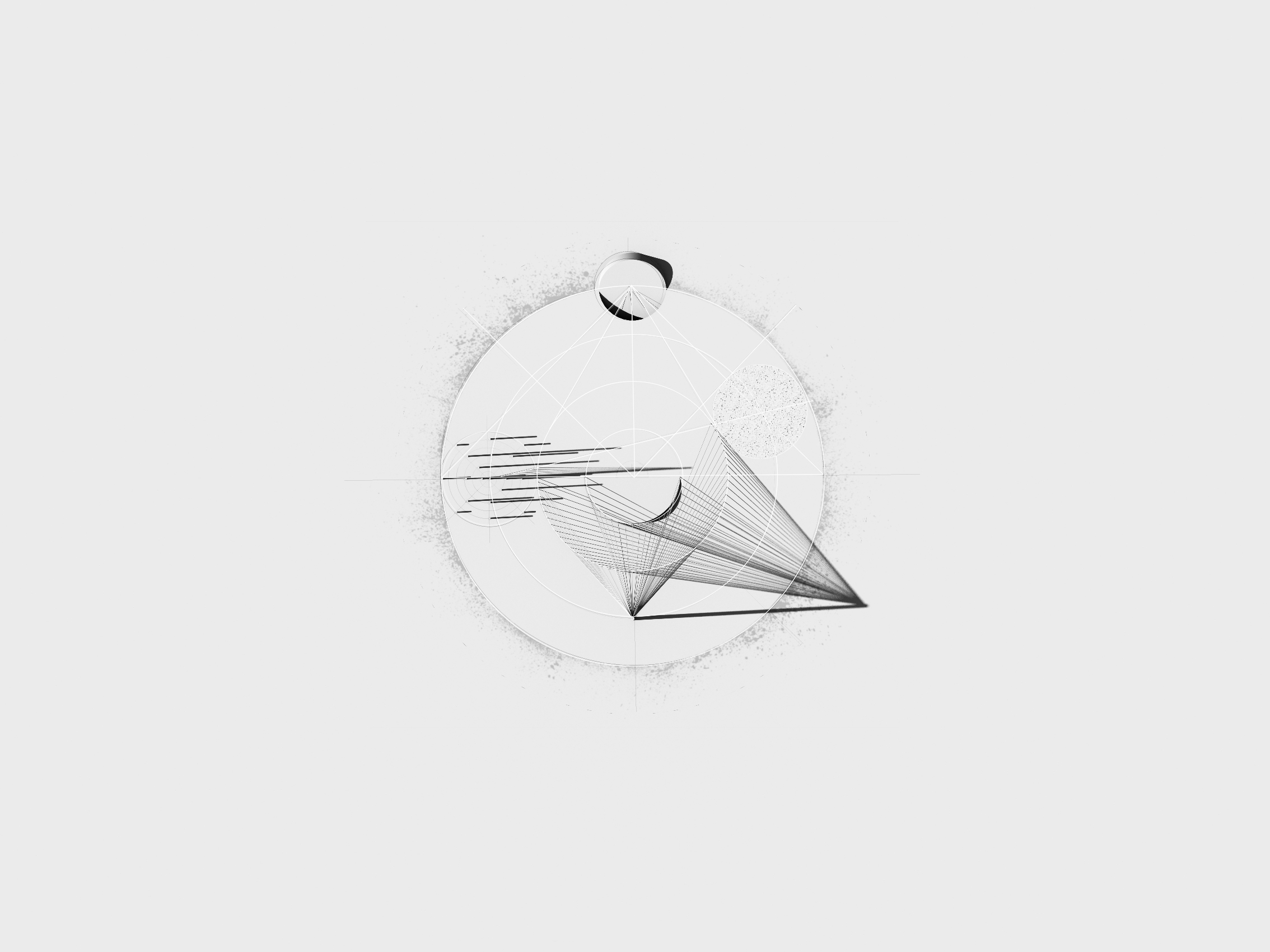︎︎︎︎︎︎︎︎︎︎︎︎︎︎︎
Sundial
Lungau, Austria
Heliotropism
Sun
Performance
︎︎︎︎︎︎︎︎︎︎︎︎︎︎︎
Public Art commission by the Department of Culture and Education of Salzburg, Austria.
Supergau Festival, UNESCO Biosphere Reserve Salzburg’s Lungau.
Client: Department of Culture and Education of Salzburg
Location: Mariapfairr, Lungau, Salzburg, Austria
Team: Cristina Morbi (Maetherea), Aurora Destro Collaboration: Salzburg Botanical Garden Photos and Video: Giulia Maretti Studio
Supergau Festival, UNESCO Biosphere Reserve Salzburg’s Lungau.
Client: Department of Culture and Education of Salzburg
Location: Mariapfairr, Lungau, Salzburg, Austria
Team: Cristina Morbi (Maetherea), Aurora Destro Collaboration: Salzburg Botanical Garden Photos and Video: Giulia Maretti Studio
︎︎︎︎︎︎︎︎︎︎︎︎︎︎︎︎︎︎︎︎︎︎
Performative. Heliotropism. Astral Observatory.
Sundial is an ephemeral site-specific installation, precisely oriented in the space of Lungau’s landscape. It is a precarious architecture investigating the themes of ephemerality, matter, time and uncertainty.
Our research refers to primordial architectures recalling human presence in the landscape. It moves from the existing examples of archaeoastronomical structures, millennial attestors of human attempts to measure space and time, to artefacts built with elementary gestures in the landscape. Both typologies of creations focus on the void/vacuum: architecture is just a fragile outline that alludes to the presence of man, the landscape instead appears as an immutable presence.
Performative. Heliotropism. Astral Observatory.
Sundial is an ephemeral site-specific installation, precisely oriented in the space of Lungau’s landscape. It is a precarious architecture investigating the themes of ephemerality, matter, time and uncertainty.
Our research refers to primordial architectures recalling human presence in the landscape. It moves from the existing examples of archaeoastronomical structures, millennial attestors of human attempts to measure space and time, to artefacts built with elementary gestures in the landscape. Both typologies of creations focus on the void/vacuum: architecture is just a fragile outline that alludes to the presence of man, the landscape instead appears as an immutable presence.
“What does design have to do with destinies? Maybe we should get used to designing obscure uncertainty instead of presuming to draw certainty.”
Ettore Sottsass, Metafore, 1972-79
︎︎︎︎︎︎︎︎︎︎︎︎︎︎︎︎︎︎︎︎︎
Our research rigorously explores the possibilities of geometry. The space composition is based on centric figures, recurrent shapes developed from the centre and two main axes (north-south, east-west). Geometry is studied as a key to connecting to natural cycles, understanding the circadian rhythm through light and shadows, and relating to time. In this way, an ephemeral structure becomes a naked-eye observatory.
Sundial is a gesture in the landscape that works as a natural device, including the phenological observation of heliotropic characteristic of vegetal species.
The design explores local traditions connected to seasonal cycles, archetypal structures directed towards the sky made with wooden poles , such as the Easter fires and the Prangstangen procession . The first consists of 12 metres high pyres , enlighted in honour of goddess Ostara. Coming from pre-Christian times the fires celebrate the spring equinox. Prangstangen procession links to summer solstice. It is an ancient tradition celebrated in Lungau’s villages. Unmarried men carry garlanded poles throughout the procession, it is a flower offering to spare the valley from a natural catastrophe.
The art piece is made of four elements corresponding to the cardinal points. The south element is the tallest one, it is made of a 6-8 metres wooden pole that tightens various threads. Its shadow will be aligned with the north-south axes at 1 pm, and be in correspondence with the other elements at different times of the day, building a sundial. The threads give shape to a central space that is perceived as a stage, a place that invites humans to position themselves in its centre to sense geometrical alignments with the architecture and the sky. It is also a place to be contemplated from other perspectives. Another kind of sundial built with smaller poles and threads is the west element. Relations between the two will deepen during the residency. We extend the concept of environmental performance by planting heliotropic species in est element. The observation of their mutations would relate to the movement of the sun from the vegetable kingdom’s viewpoint. The north element is an earthwork, a soil movement that constitutes a place to stop, a cocoon from which contemplate landscape all around thought the artwork.










Construction in Progress
Related projects
